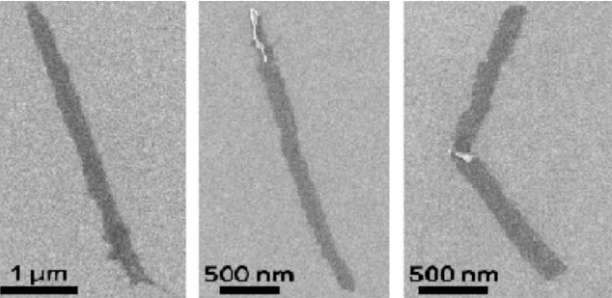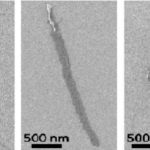Graphene seems to have almost limitless potential, from making better batteries to night-vision windshields and microscopic sensors. And now, a team at Rice University has shown the material could be key to a promising new treatment for severe spinal cord injuries.
Previous work has shown graphene can stimulate the growth of neurons, while polyethylene glycol (PEG) has been used with limited success to heal damaged spinal cords in animals. Building on this, researchers at the university used their chemistry knowhow to combine graphene nanoribbons (stripped from larger carbon nanotubes) with PEG to produce Texas-PEG. The amazing thing about this new material is that it acts as a much more potent “conductive scaffold,” promoting the two ends of a severed spinal cord to repair and reconnect. Importantly, this isn’t just theoretical. In an animal study involving a rat with a severed spinal cord, treatment with Texas-PEG restored some function within just 24 hours. After two weeks, the same rat was well on its way to a full recovery, displaying “almost perfect motor control.” We’re still aways from translating this early research into an available treatment for spinal cord injuries in humans, but as the Rice release describes it, Texas-PEG’s potential “is too promising to be minimized.” There is already a heap of incredible work being done by doctors, researchers and engineers to restore the function of paralyzed limbs and improve the quality of life of patients – implants, electrical stimulation, exoskeletons and virtual reality therapy being a few examples. And, if new treatments come along that can help repair spinal cord damage soon after injury, all the better.
Source: Rice University
Caption: Graphene nanoribbons, Rice University












